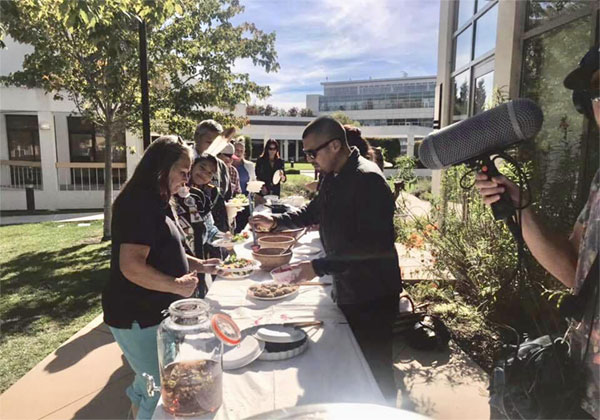Exploring the Multifaceted Reasons to Embrace Indigenous Cuisine
Exploring the Multifaceted Reasons to Embrace Indigenous Cuisine January 2024
Among the most common New Year resolutions is the one of losing weight. Obesity and diabetes are becoming a national health concern, it is time to rethink our relationship with food. Native American a national health concern and we all know it. However, controlling one’s food intake and finding the time (or even the desire) to exercise regularly is never going to be easy. Miracle diets and food trends come and go and they all promise fantastic wellness results. The fact that they depart as fast as they arrive says a lot about how effective they are.

For those who are serious absout doing something to improve their diet and their health in the New Year, there is one way of eating that has been proven over the centuries to be the basis of good health and positive energy. It is known for its great flavors. Indigenous cuisine could well be the future of food in America.
Native American Food
Although no formal historical data exists, we know from archeology and the accounts of the first Europeans to come to this land that the Natives were strong and healthy people. The food they ate was the basis of this well-being as is demonstrated in the food the Natives shared with the White settlers in Plymouth in 1621 and elsewhere in the Americas. 400 years later, that food still forms the foundation of traditional American cuisine (fast food is not a cuisine!).
The Benefits of Traditional Foods
There are many benefits to traditional Native American food. And there is much more to it than is generally known. Spend a little time searching for traditional Native American food and you will find a huge section of dishes that are not just healthy and sustainable, but which will also add another dimension to your family menu. Tribes like the Muwekma Ohlone in the SF Bay Area are working hard to not just create awareness about Native American food and its impact on tribal culture and traditions, but also to popularize traditional food to those who are not yet aware of the flavors and health benefits it offers. Stanford University is making great strides in this regard. Stanford’s relationship with native peoples is highlighted in its new website.
Read:
Native Roots: How the Indians Enriched America by Jack Weatherford (1992)
Indian Givers: How the Indians of the Americas Transformed the World by Jack Weatherford (1989)
Tending The Wild by Kat Andeerson (2005